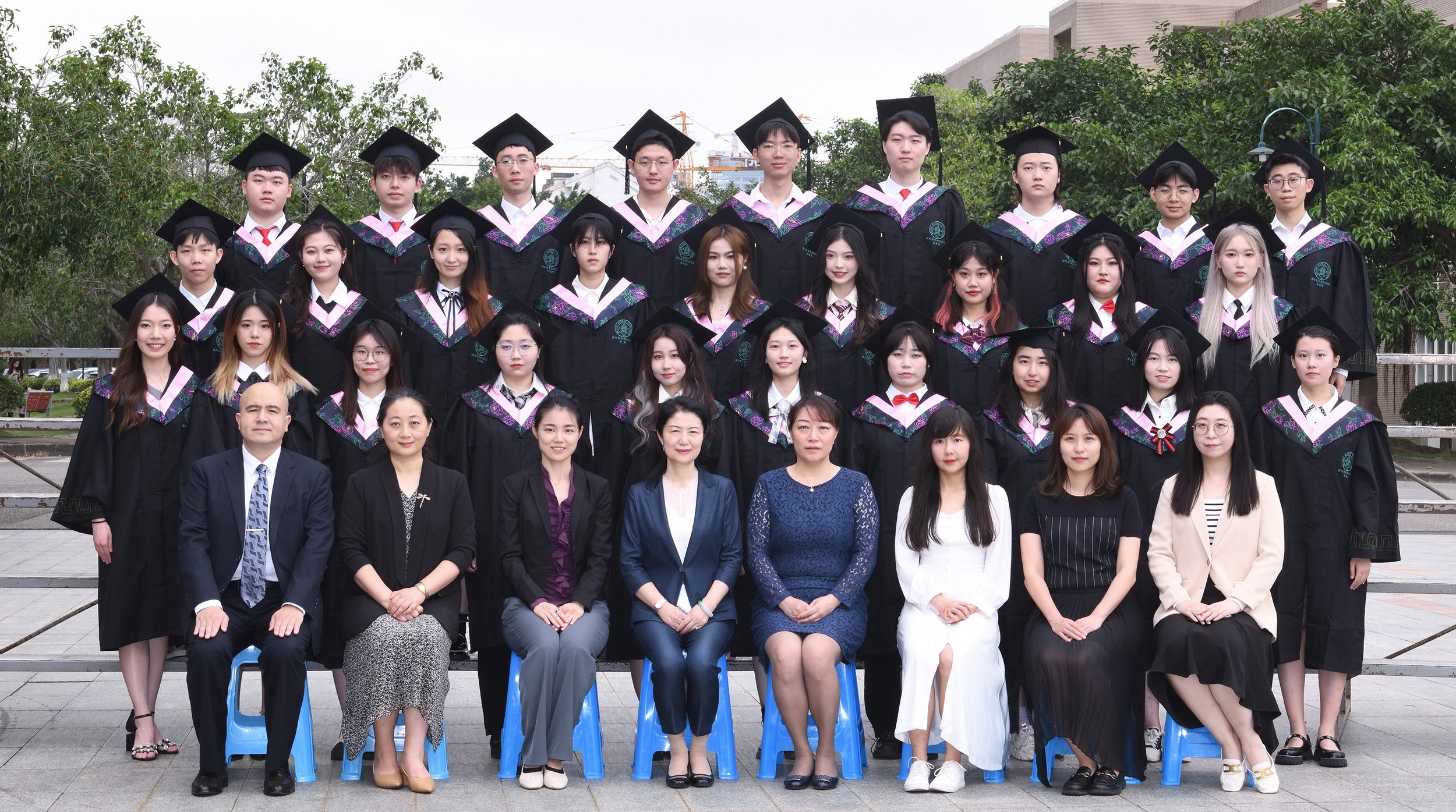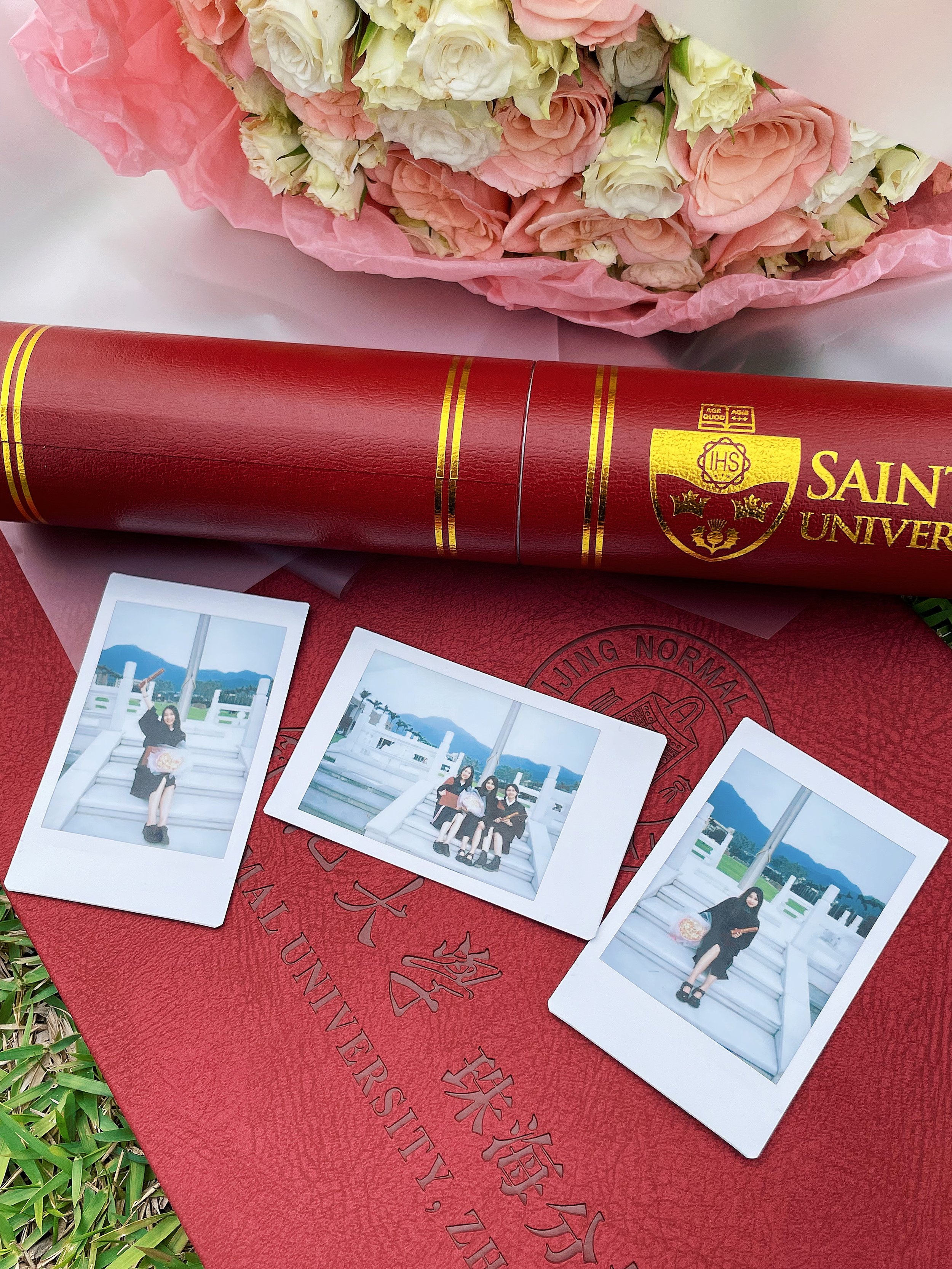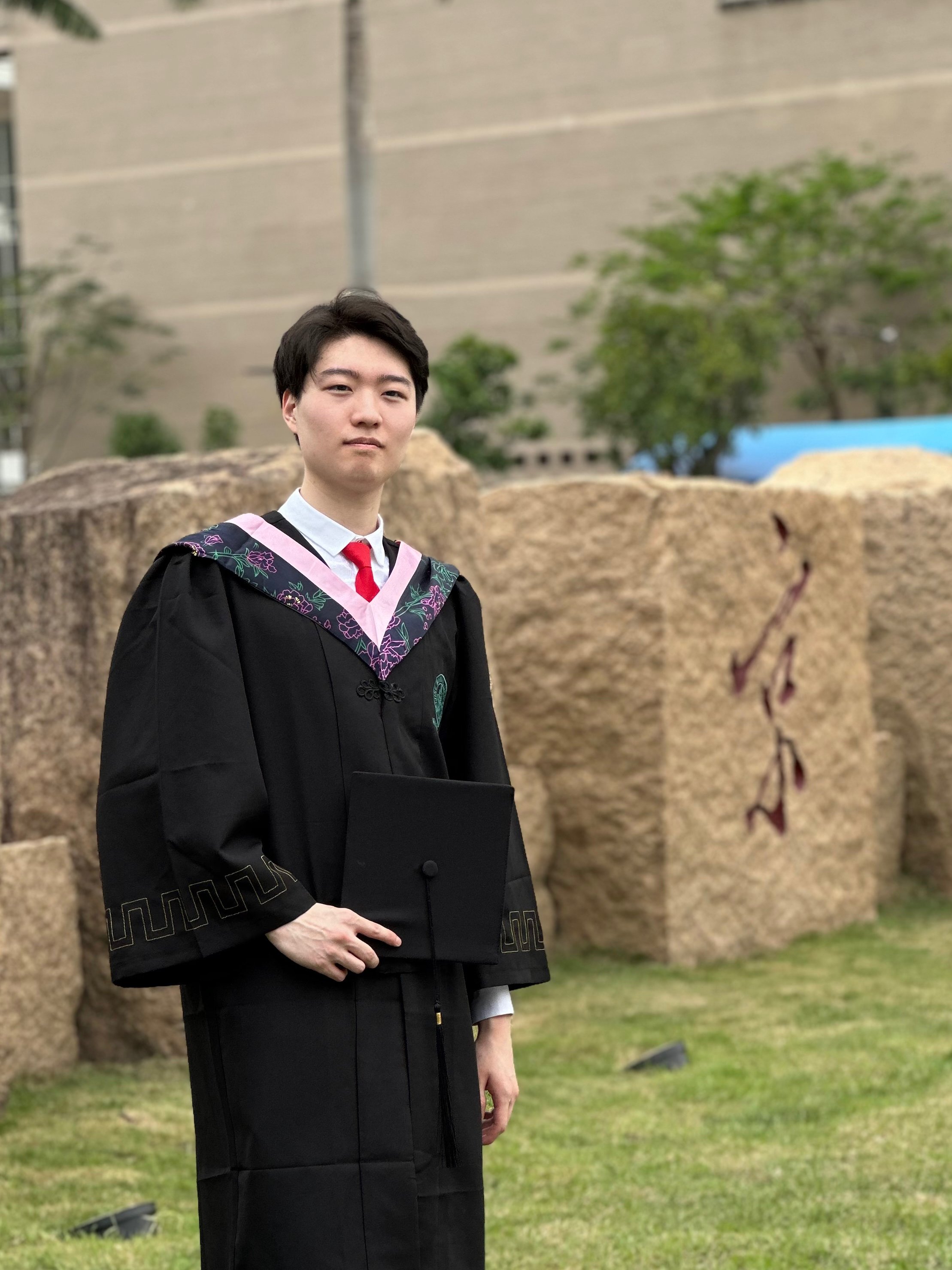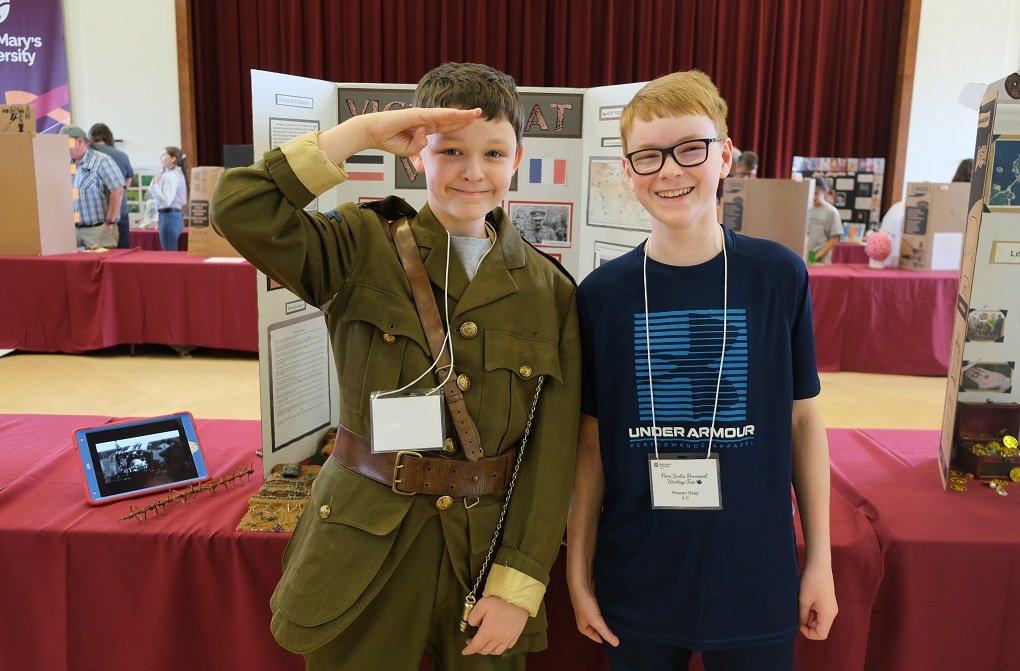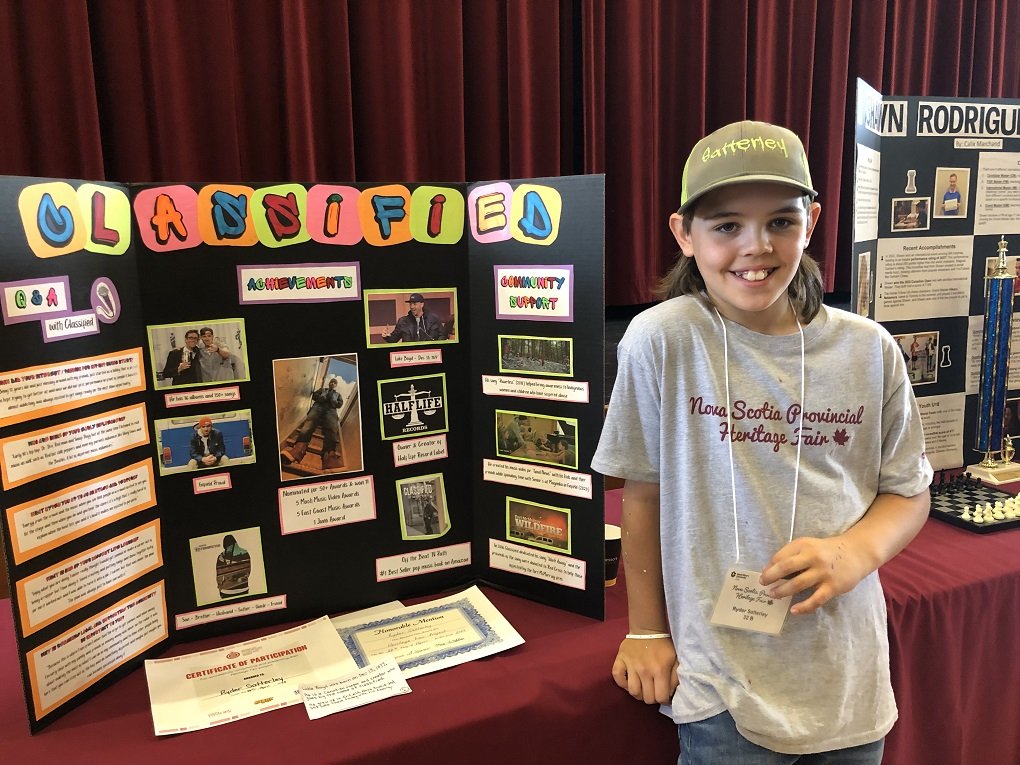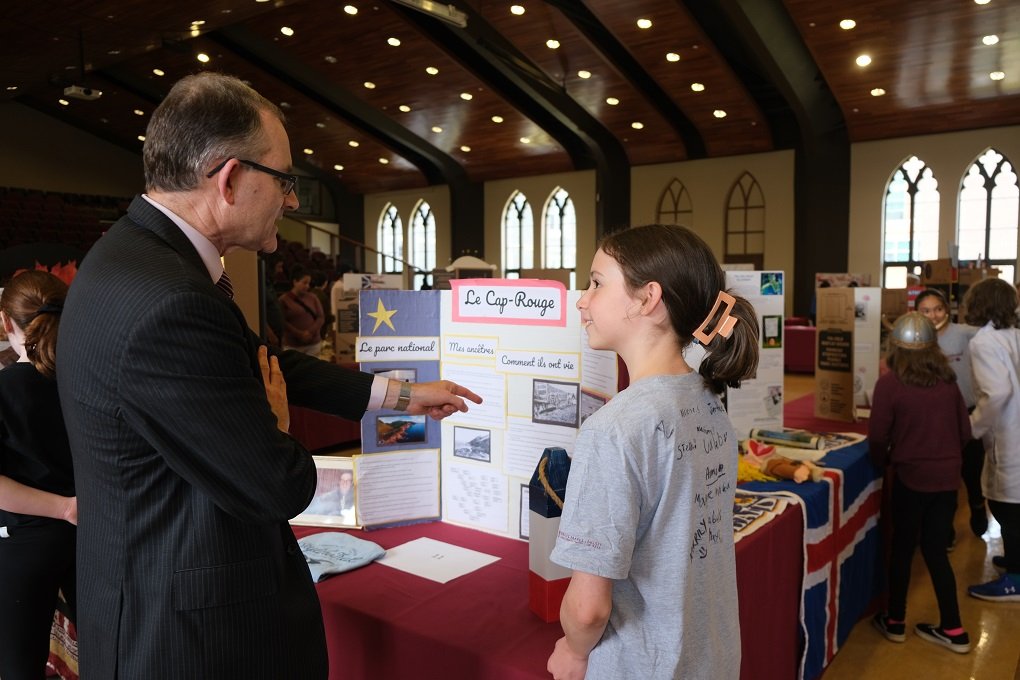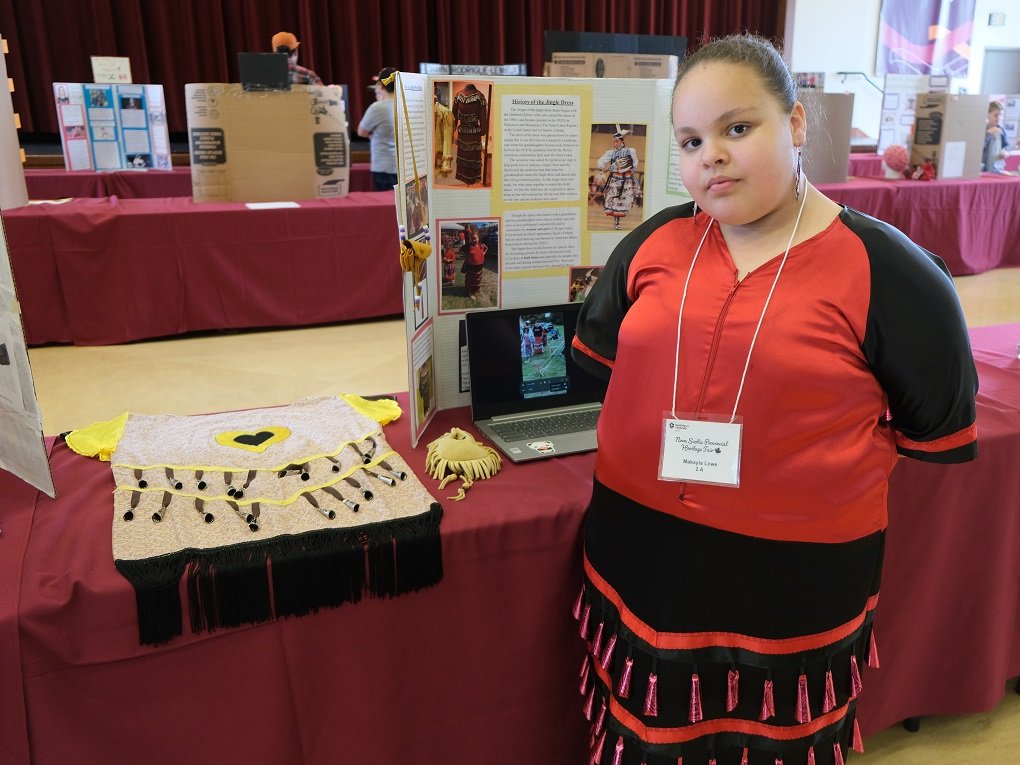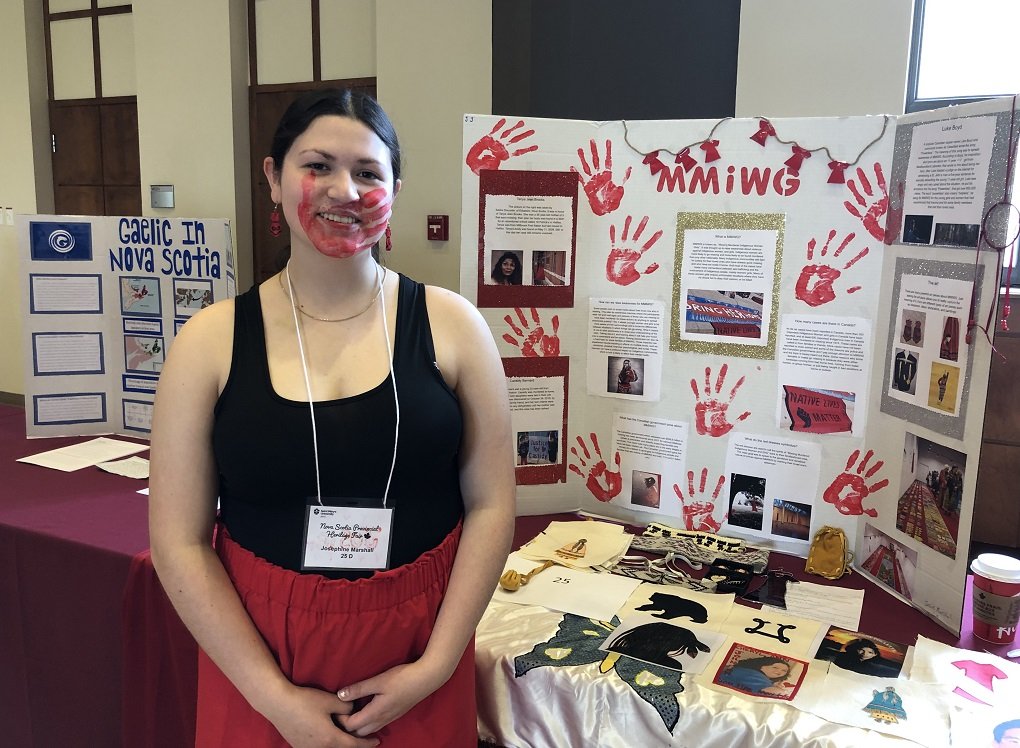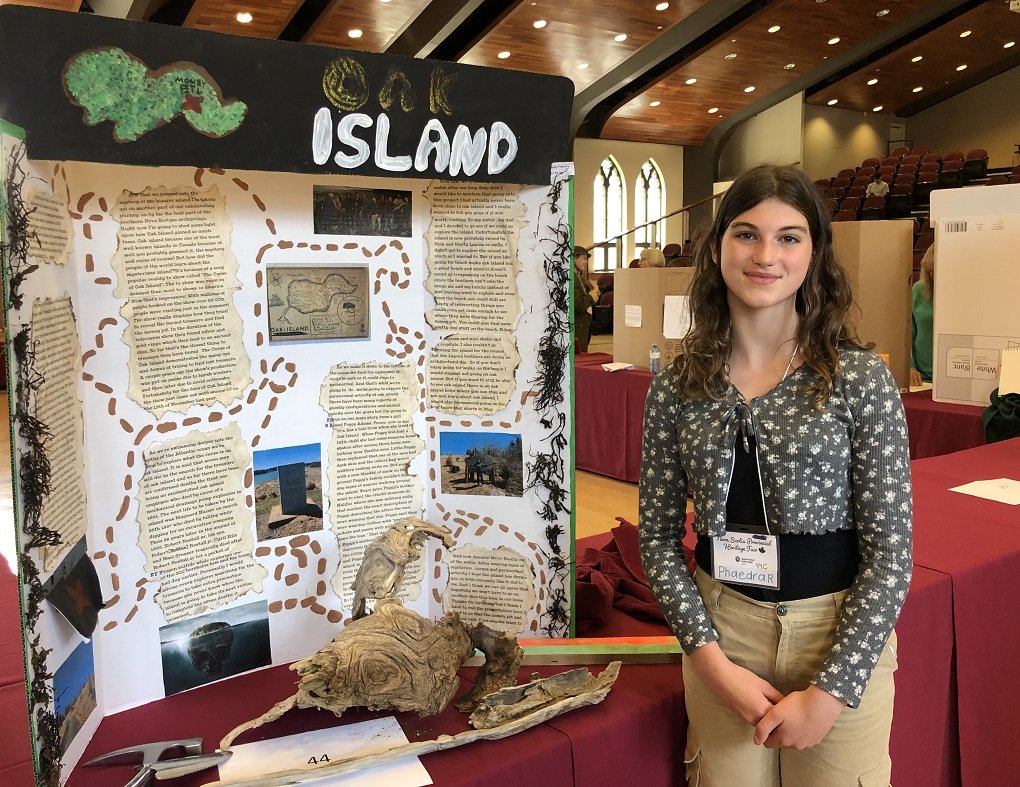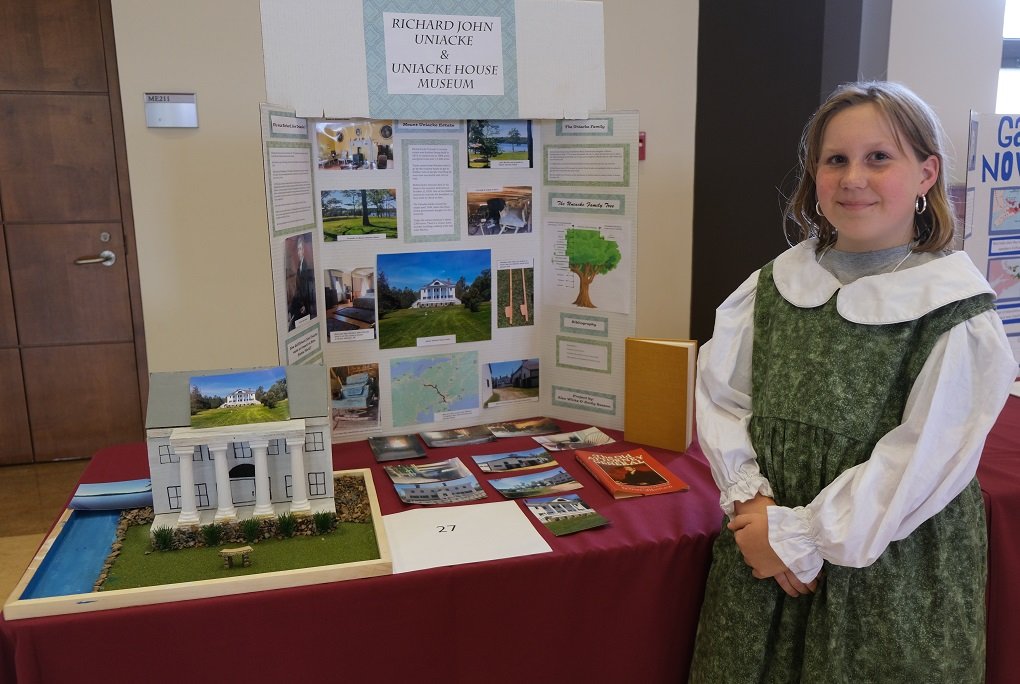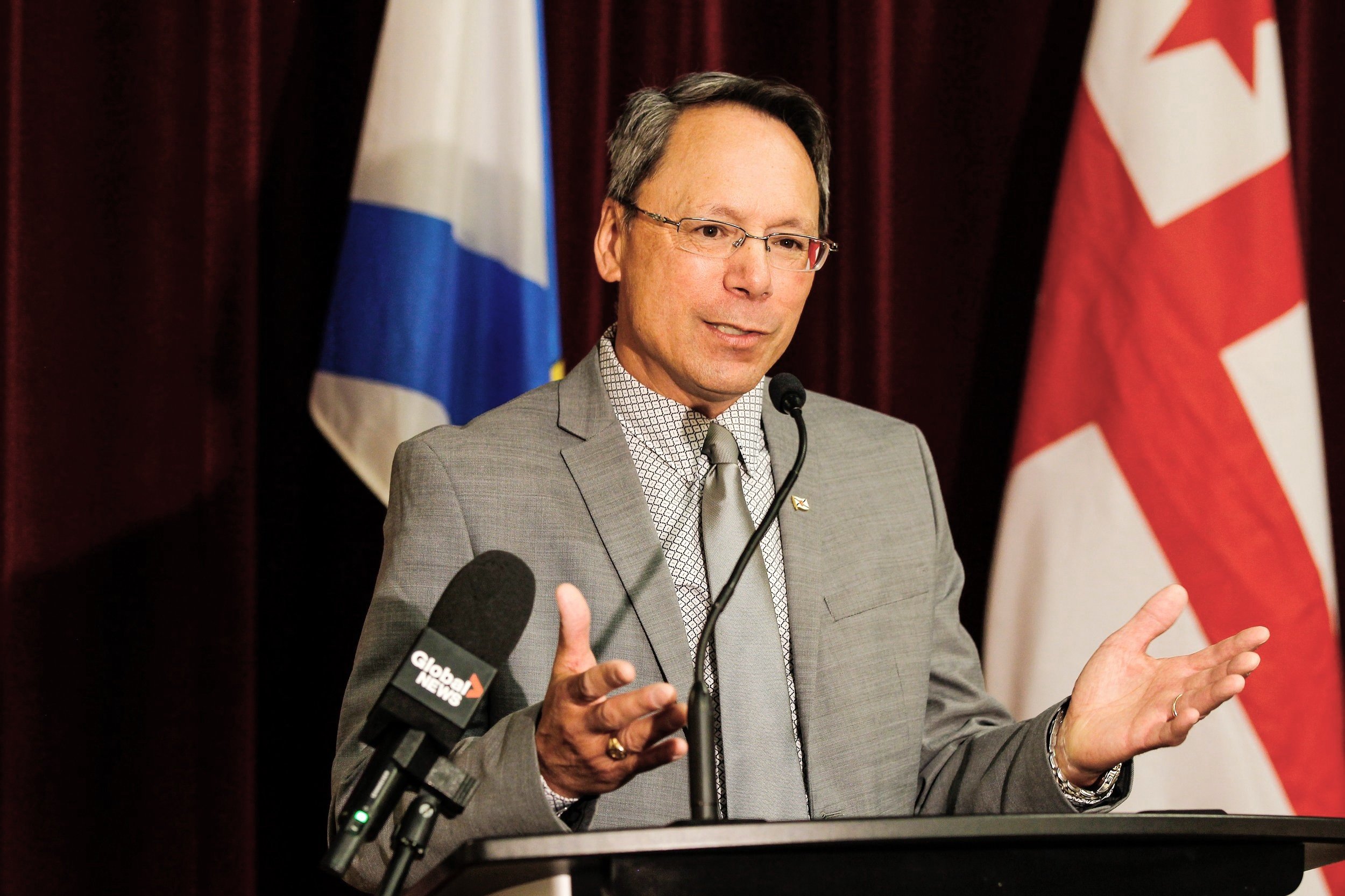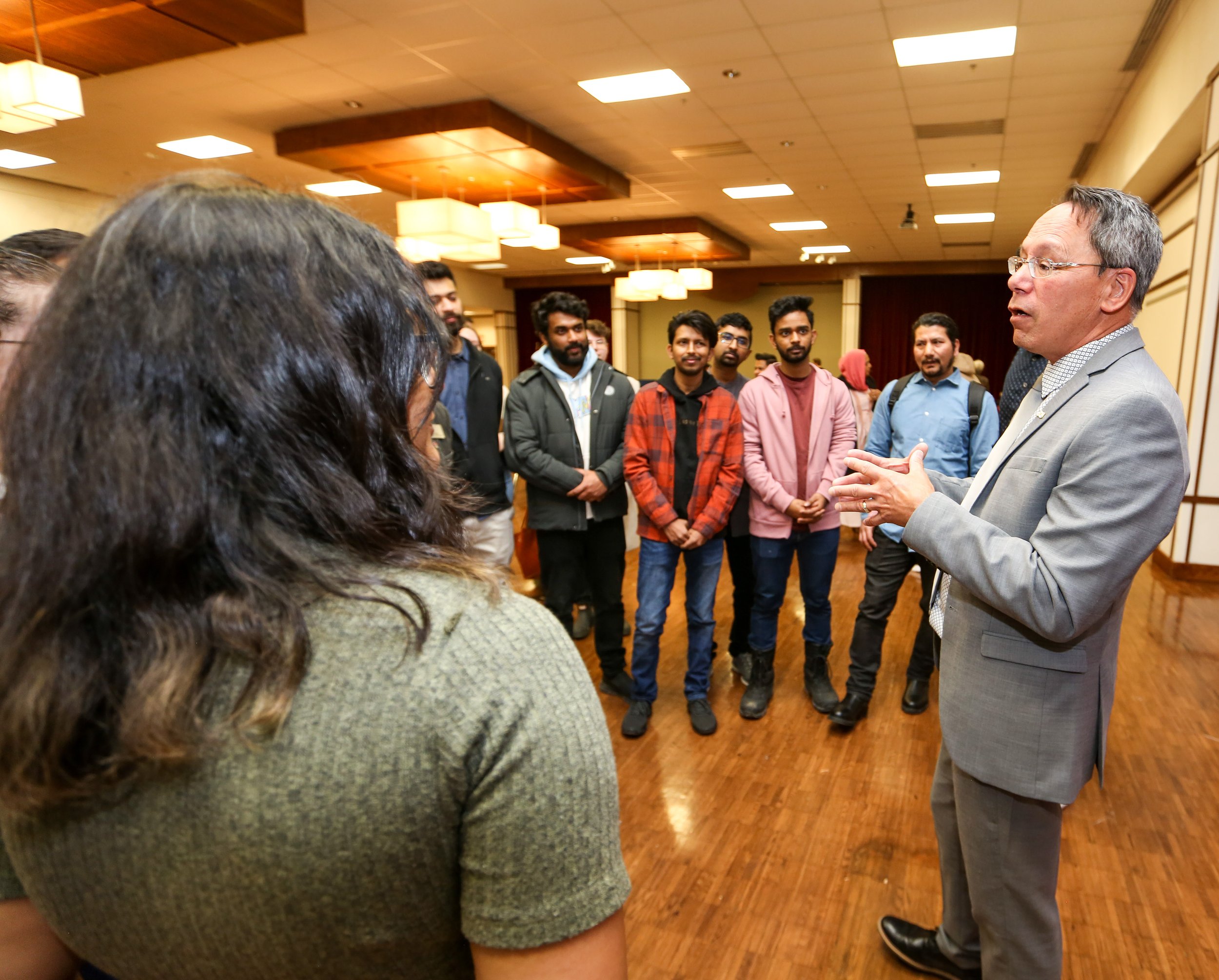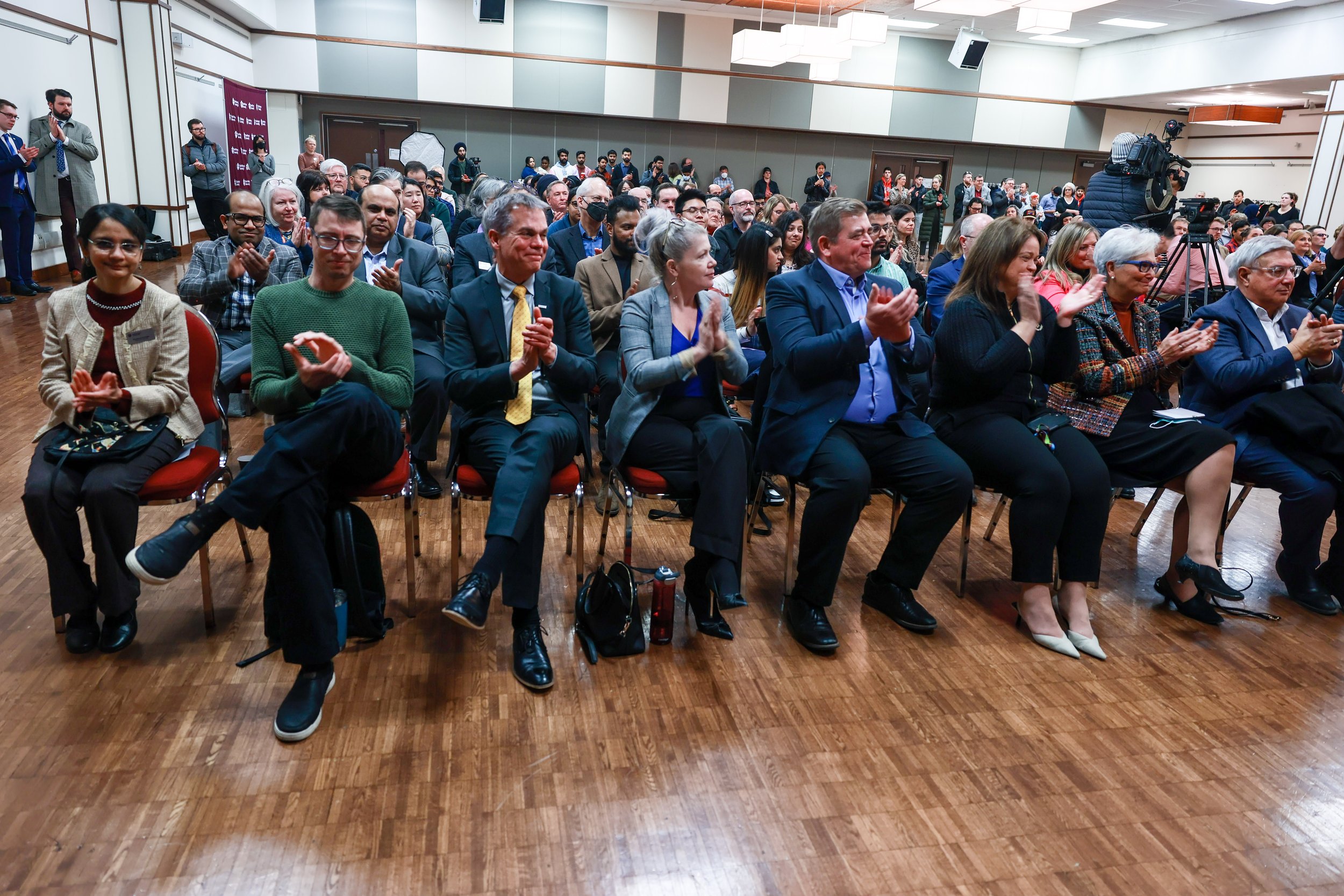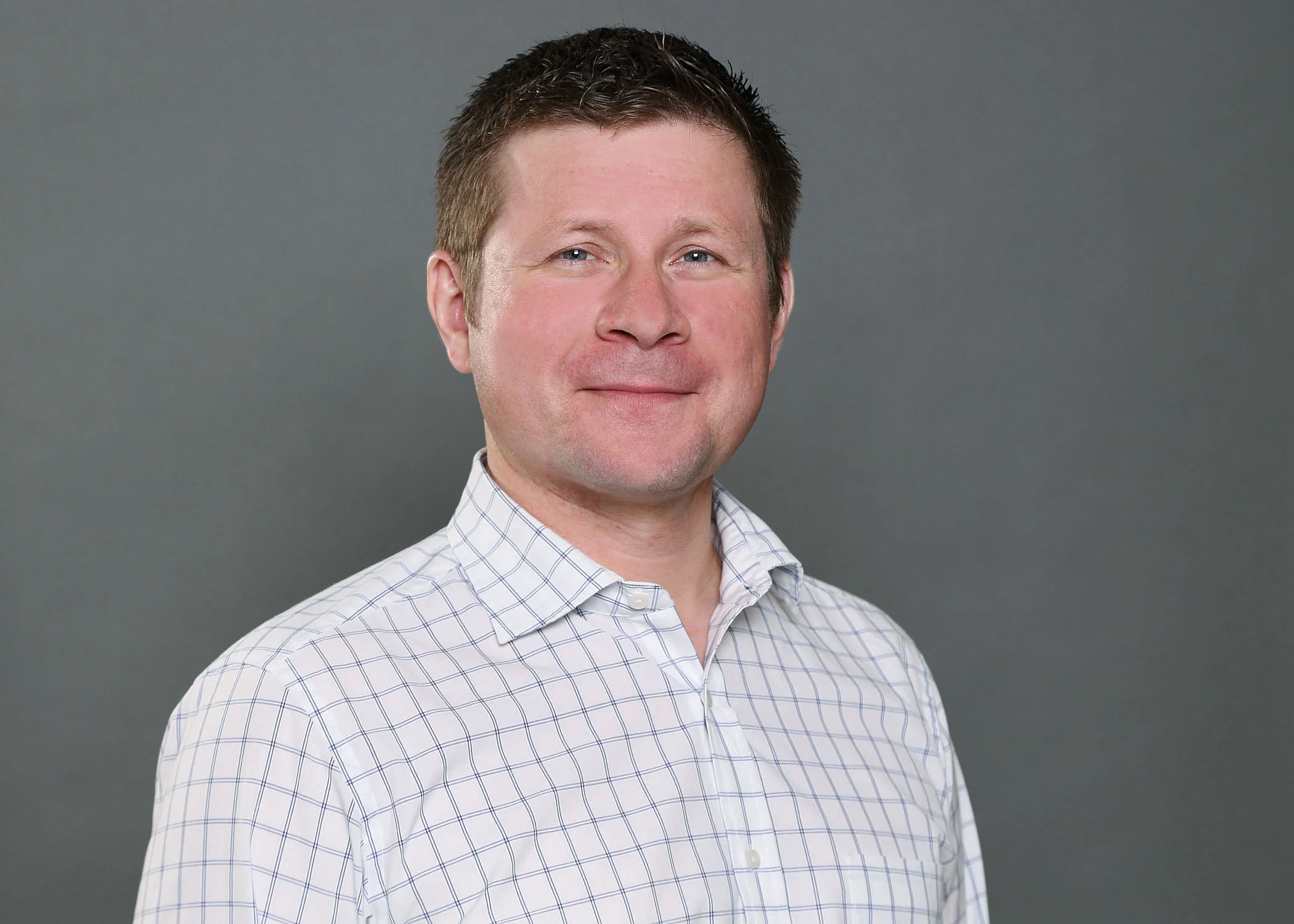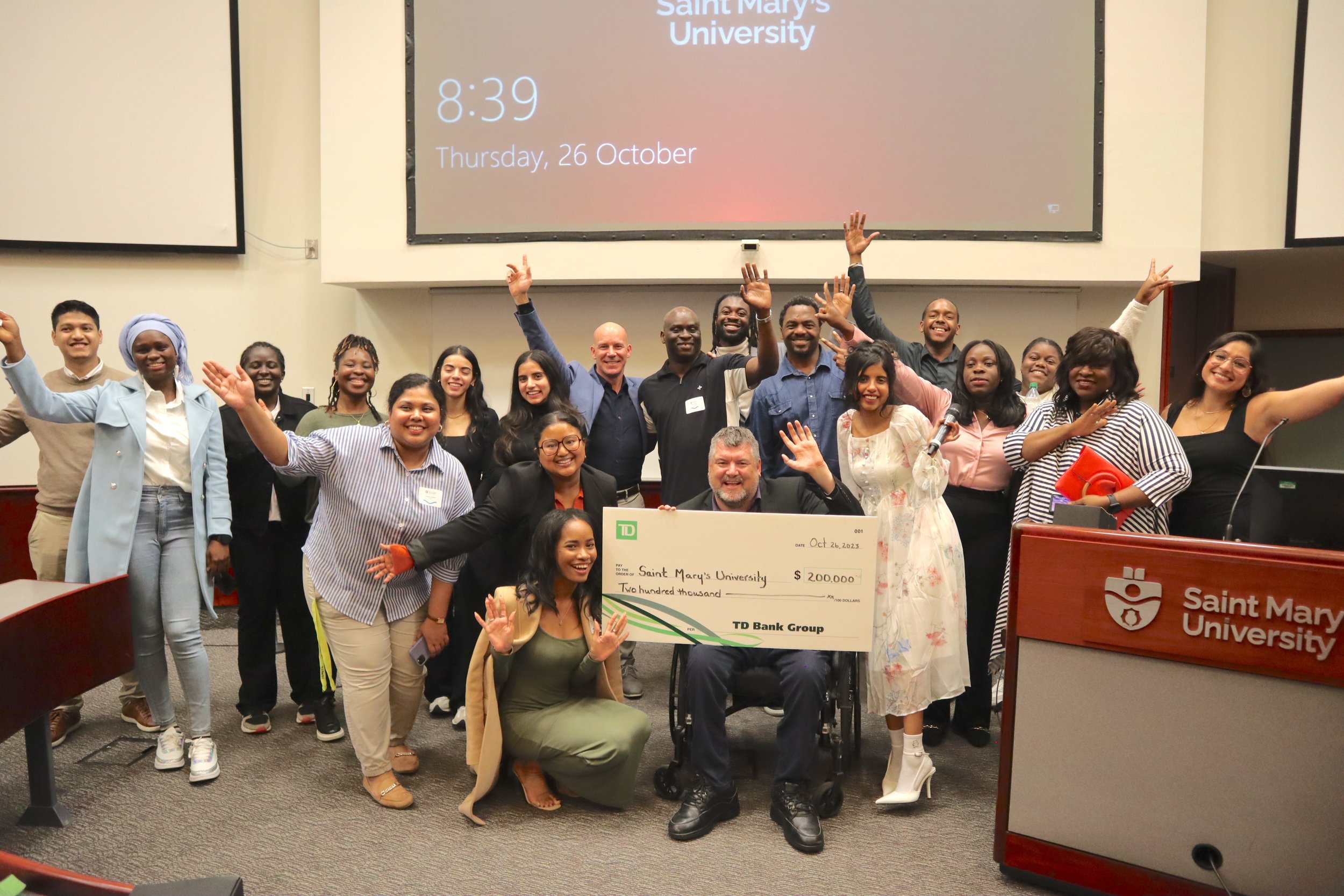
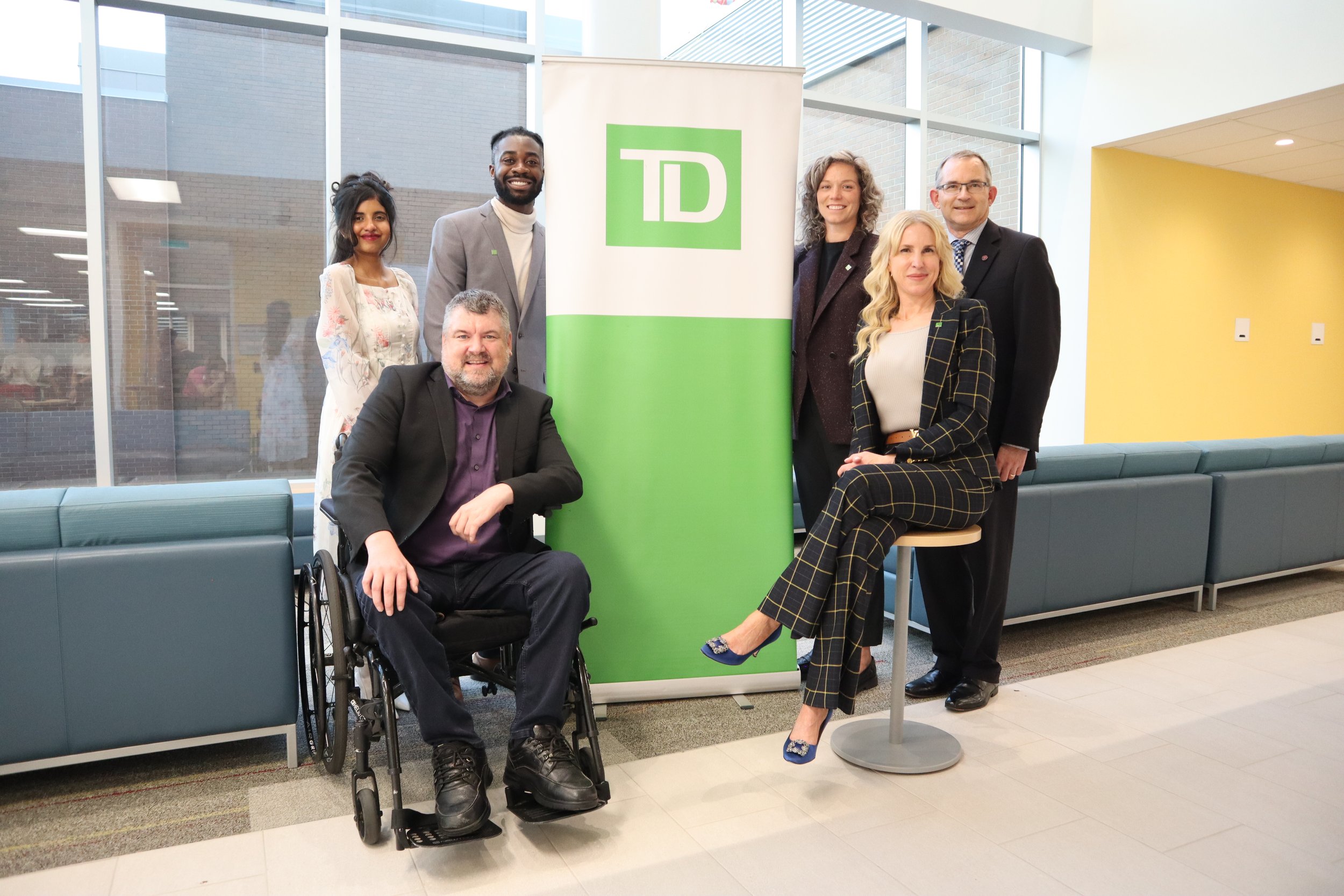
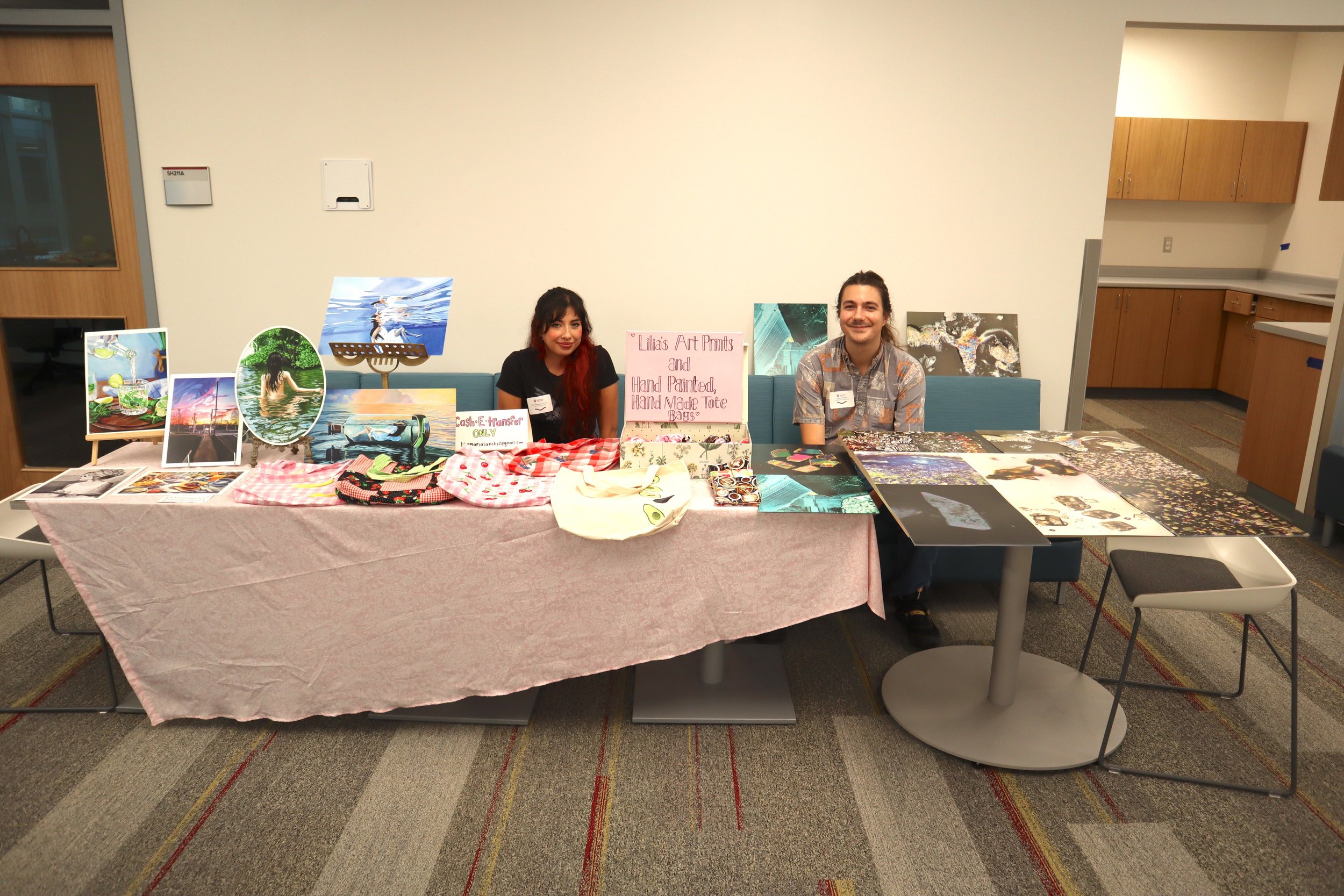
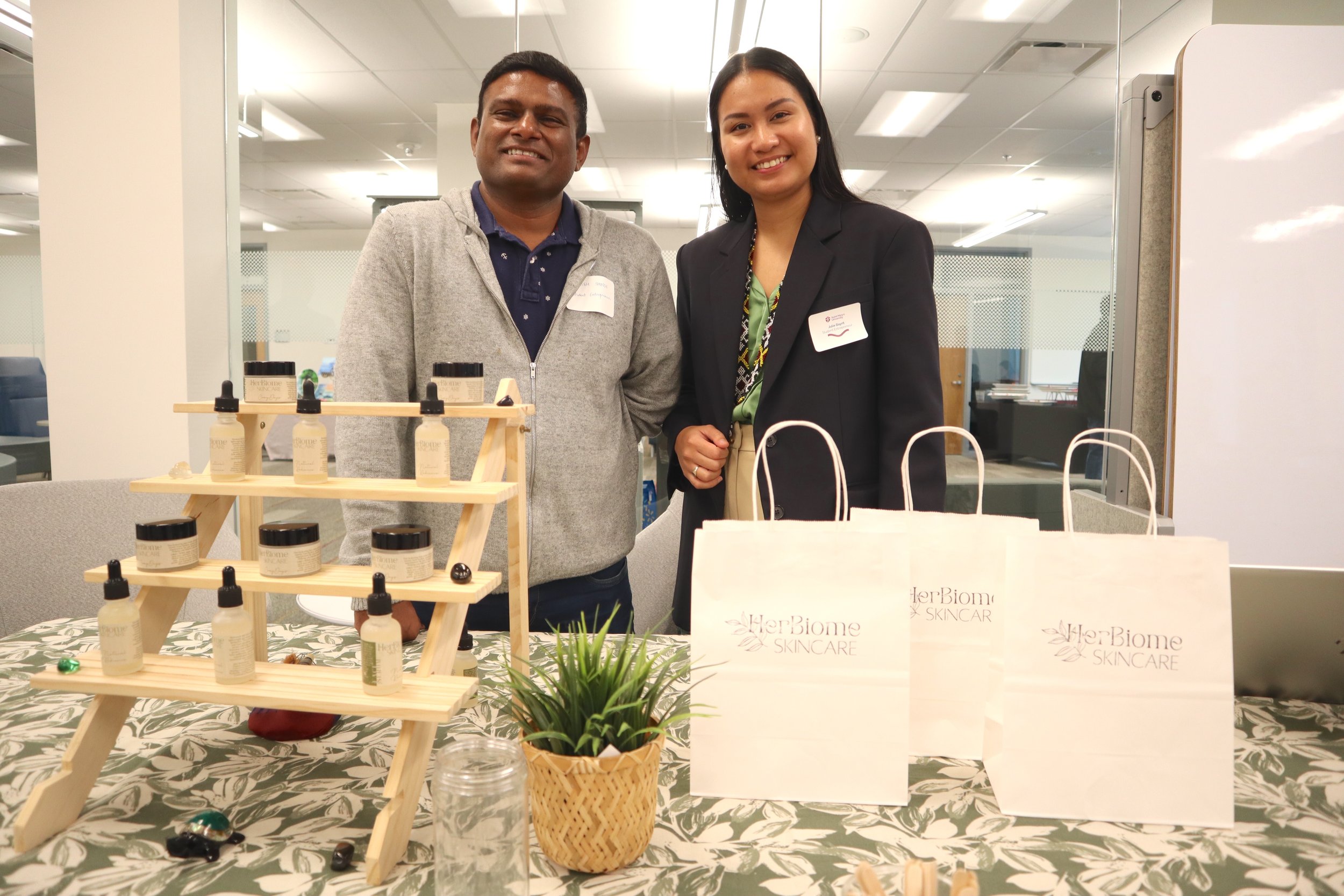



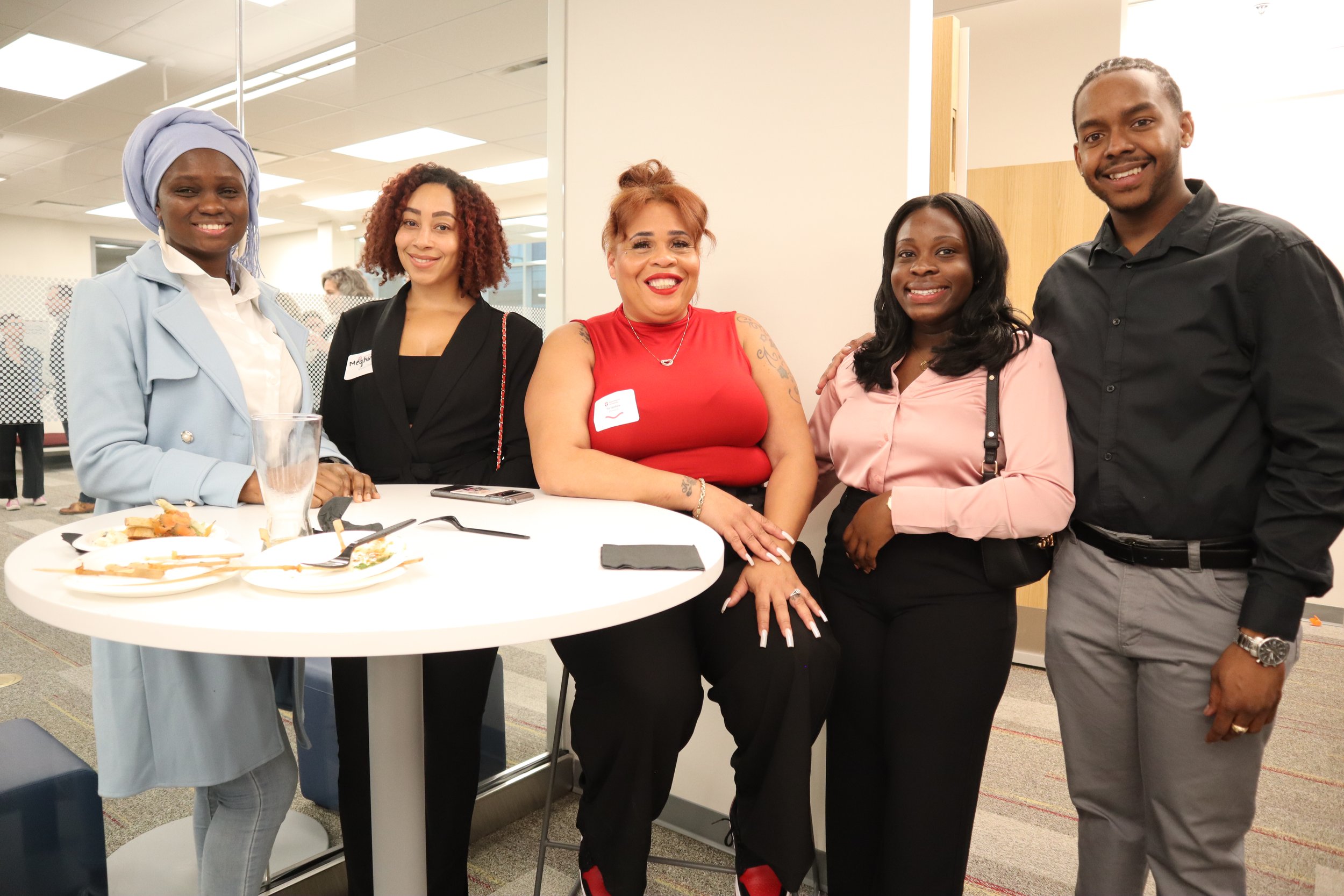
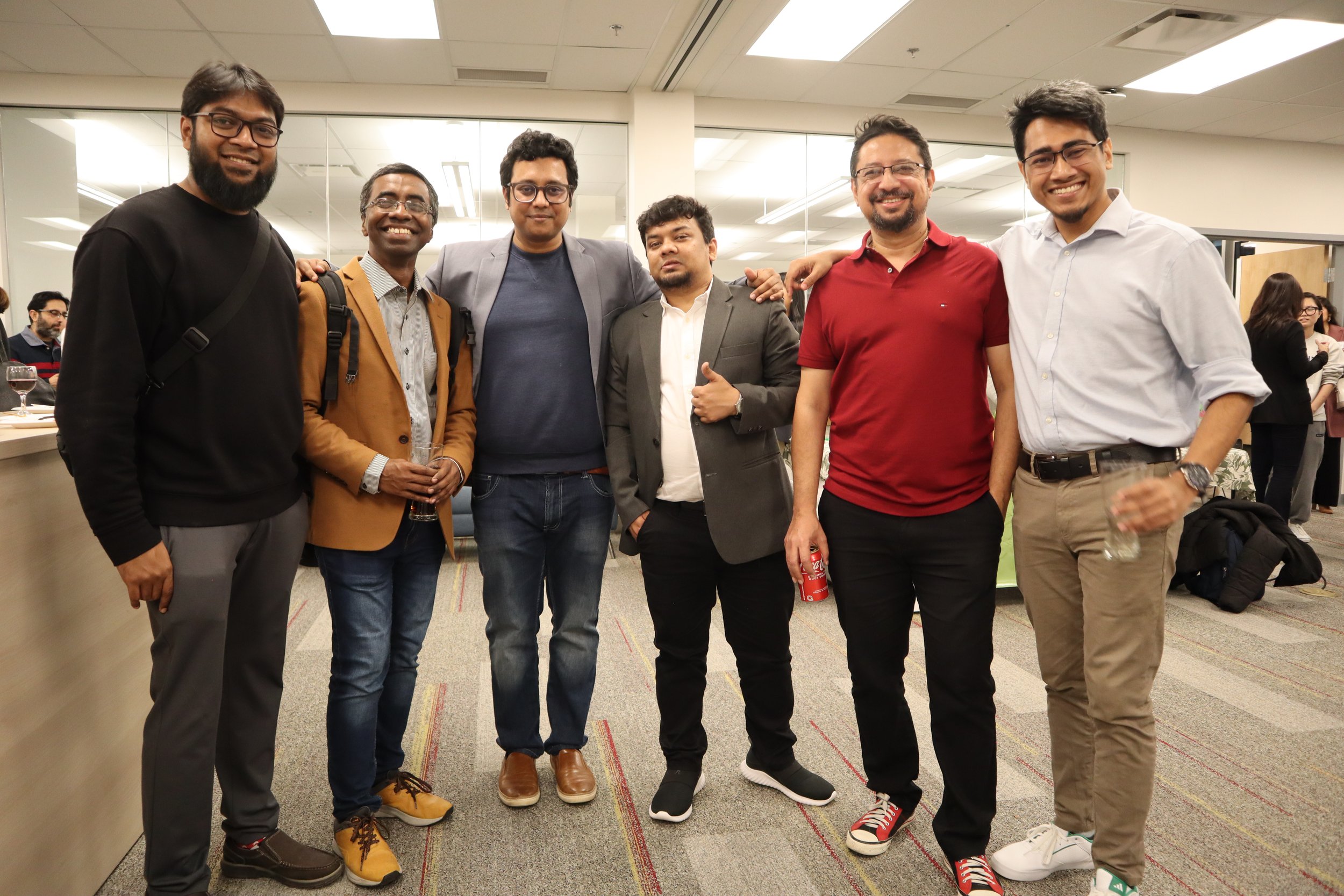

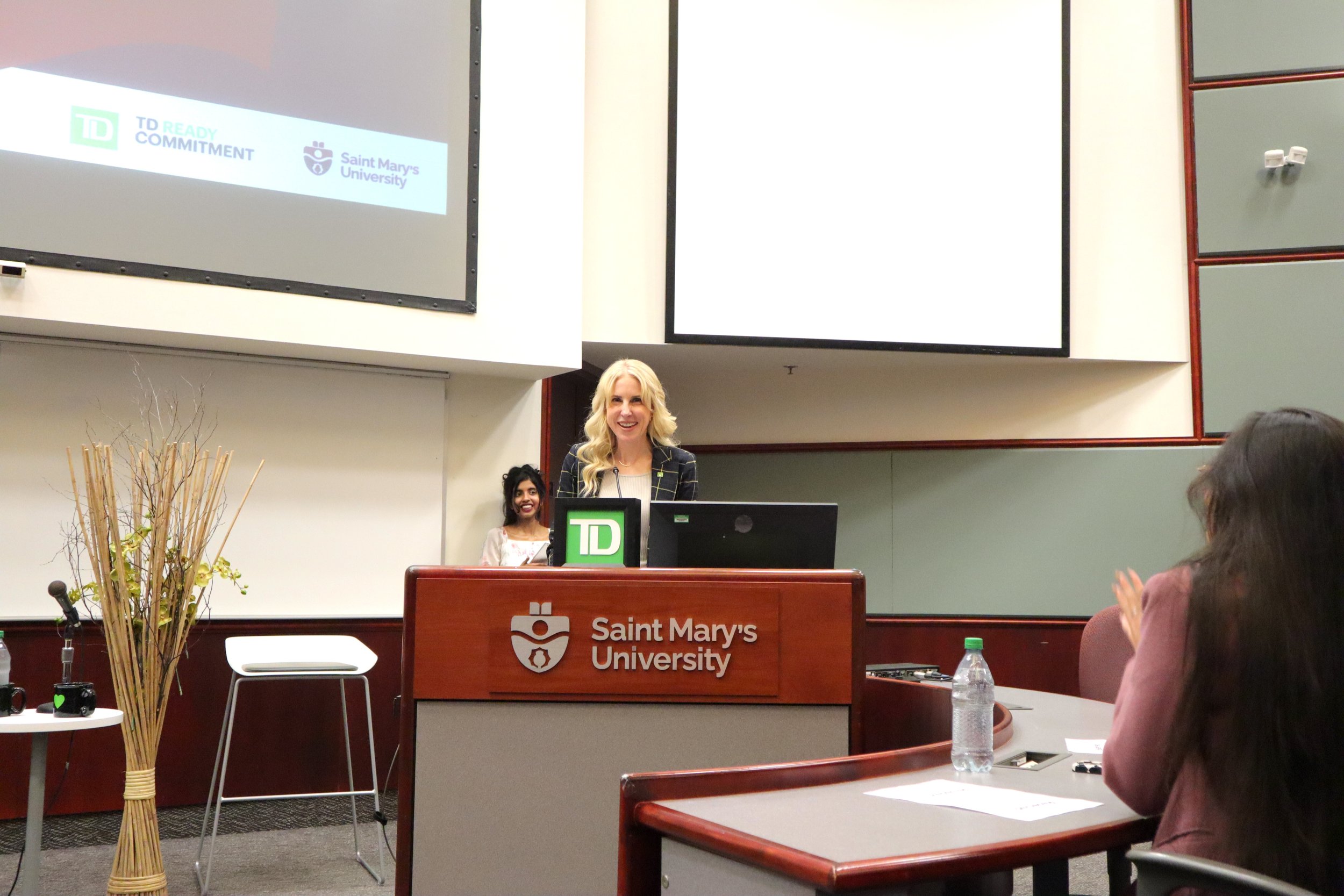
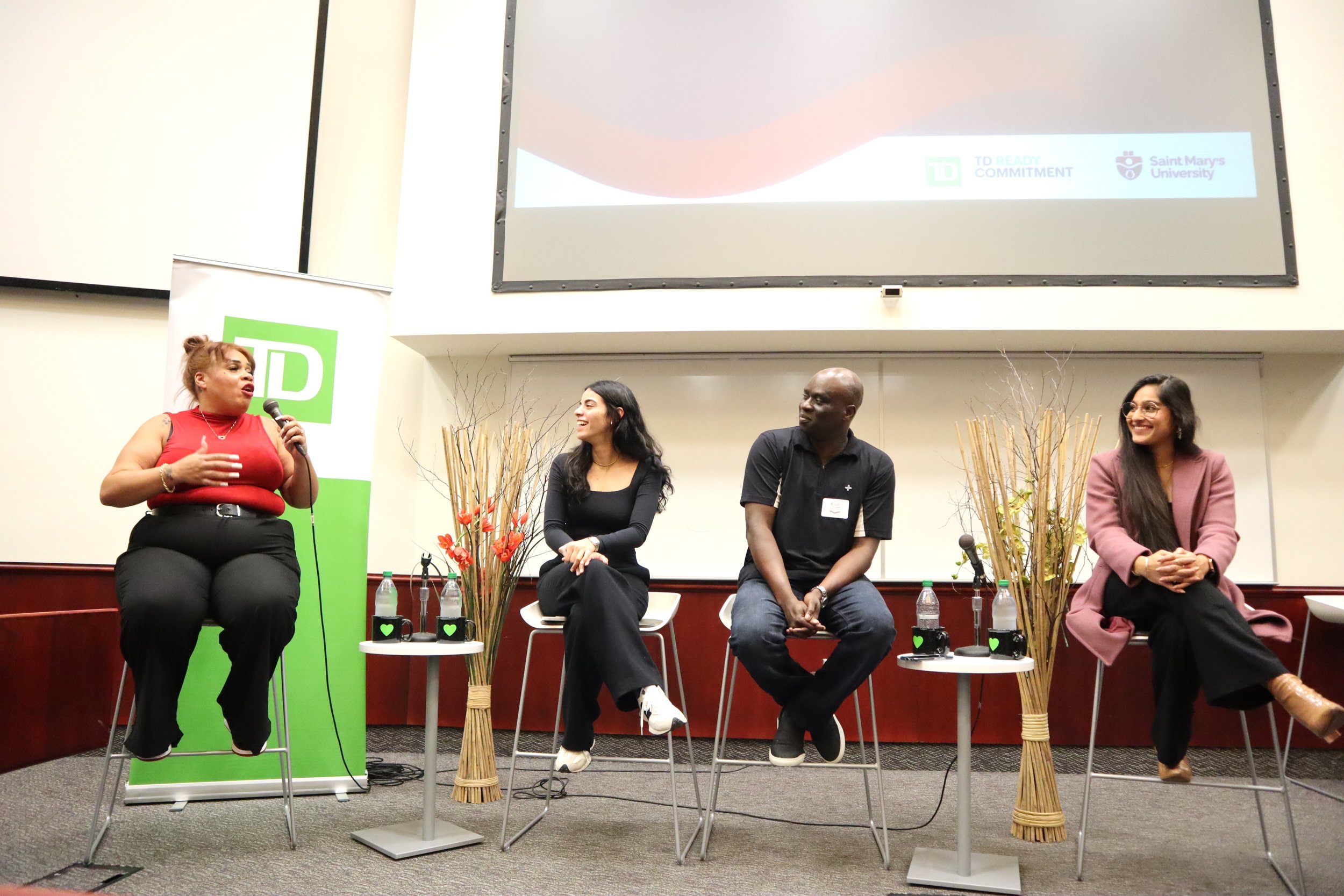

The Arthur L. Irving Entrepreneurship Centre at Saint Mary’s University is pleased to announce the launch of the TD Entrepreneurship Inclusion Initiative, which was made possible through the generous gift of $200,000 by the TD Bank Group. This two-year pilot is designed to amplify the support of diverse student entrepreneurs, advance the entrepreneurial mindset and innovate business models. Three key initiatives include:
The Ignition Program —a 10-week program offering training, mentorship, resources and networking;
The Student Entrepreneurial Experience Bootcamp (SEE) —providing students with a transformational learning experience and an opportunity to develop their own businesses with resources and funding;
Diversity Equity Inclusion & Belonging (DEIB) events —promoting collaboration and celebration within and beyond our diverse entrepreneurial network.
"Helping create an environment where everyone can adapt, thrive and reach their full potential is extremely important to us at TD. By supporting the TD Entrepreneurship Inclusion Initiative, through the Sobeys School of Business and the Arthur L. Irving Entrepreneurship Centre, we know that we will contribute to providing entrepreneurs from diverse backgrounds with the right tools to realize their dreams," says Jenn Auld, Vice-President Atlantic Region, TD Canada Trust.
The program will leverage the expertise and passion of the Arthur L. Irving Entrepreneurship Centre, creating a holistic support environment for diverse entrepreneurs. Michael Sanderson, Director of the Arthur L. Irving Entrepreneurship Centre said, “The TD Entrepreneurship Inclusion Initiative is a significant milestone for our students and the broader entrepreneurial community. This initiative represents an important step towards creating a more inclusive and supportive environment for our students and aspiring entrepreneurs. It aligns perfectly with our mission to foster innovation, diversity and excellence in the entrepreneurial community.”
The first TD Entrepreneurship Inclusion Initiative event, TD Connect: Celebrating Diversity Through Entrepreneurship, was held on October 26. This event provided a platform for students to connect and engage with a diverse cohort of entrepreneurs and professionals. It highlighted the endeavours of eight student entrepreneurs and a panel discussion featuring accomplished and diverse business leaders. With an attendance of over a hundred enthusiastic students, the event emphasized the importance of DEIB in the entrepreneurial world.
Learn more about the programs and events offered by the Arthur L. Irving Entrepreneurship Centre and the spaces in the new Sobeys Inspiration Hub.


